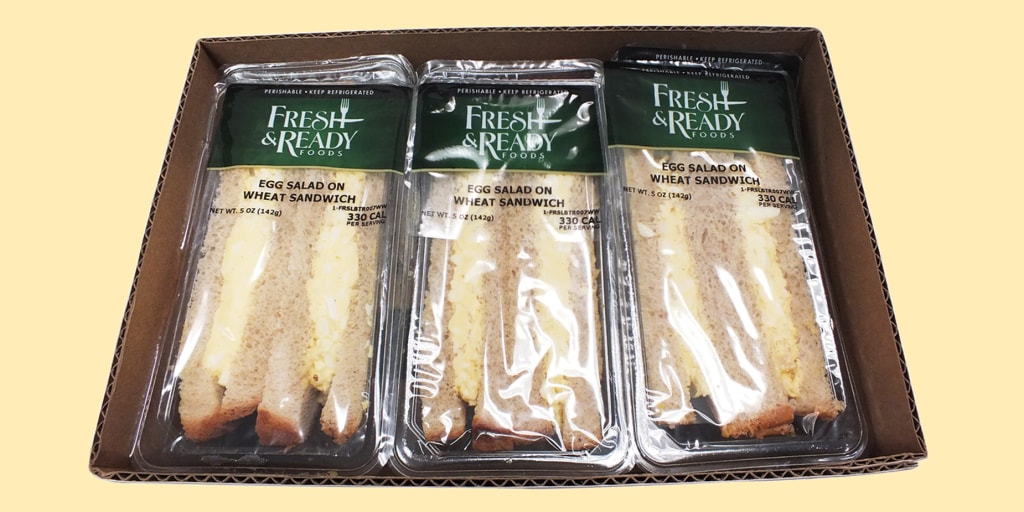
Understanding the Listeria Outbreak in California and Nevada
The recent listeria outbreak in California and Nevada has raised significant concerns among health officials and consumers alike. According to the FDA, at least 10 people have been hospitalized, with eight cases in California and two in Nevada. This outbreak, which is currently under investigation by the FDA and the CDC, has led to a voluntary recall of over 80 ready-to-eat food products produced by Fresh & Ready Foods LLC of San Fernando, California.
The recalled products include a wide range of items, from snack boxes to sandwiches and pastas, all of which were distributed across Arizona, California, Nevada, and Washington. These products were sold in various locations, including hospitals, hotels, corporate offices, convenience stores, airports, and airlines. The best-by dates of the recalled items range from April 22 to May 19, and they are sold under the brand names Fresh & Ready Foods, City Point Market Fresh Food to Go, and Fresh Take Crave Away.
The Investigation and Its Findings
The FDA and CDC began investigating this cluster in 2024, but at the time, there was insufficient evidence to identify the source of the outbreak. However, the investigation was reopened in April 2025 after FDA investigators found listeria in environmental samples collected from Fresh & Ready Foods, LLC during a routine surveillance inspection. The agencies used whole genome sequencing to match the strain of listeria found at the facility with the outbreak causing illnesses.
Fresh & Ready Foods has taken immediate corrective actions, including removing equipment to address the issue and ensure ongoing food safety and compliance with FDA guidance. The company has also issued a voluntary recall of the affected products as a precautionary measure.
What You Should Know About Listeriosis
Listeriosis, or a listeria infection, typically begins within two weeks of eating contaminated food, but symptoms can appear anywhere from the day of consumption to 10 weeks later. Common symptoms include fever, nausea, muscle aches, vomiting, or diarrhea. At-risk groups, such as pregnant women, newborns, people aged 65 or older, and those with weakened immune systems, are encouraged to contact a healthcare professional if they experience any of these symptoms.
Retailers and consumers who purchased or received the recalled products are advised by the FDA to clean and sanitize any areas the products may have touched, as listeria can spread easily to other foods and surfaces.
Conclusion and Next Steps
The listeria outbreak in California and Nevada serves as a reminder of the importance of food safety and the need for vigilance in preventing such incidents. The FDA and CDC are working diligently to ensure that all contaminated products are removed from the market and that measures are in place to prevent future outbreaks. Consumers are urged to remain informed and take necessary precautions to protect themselves and their families from foodborne illnesses.
As the investigation continues, it is crucial for everyone to stay updated with the latest information from health officials. By taking proactive steps and being aware of the risks, we can all play a role in maintaining public health and safety.



